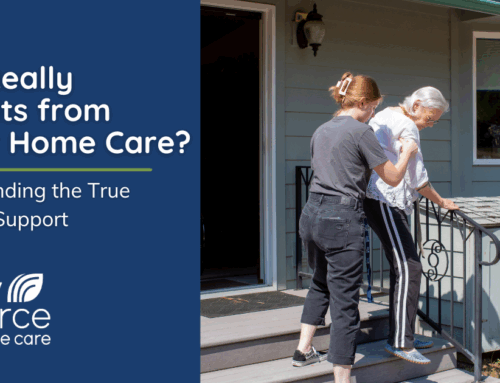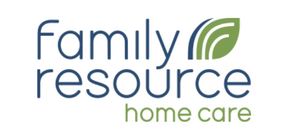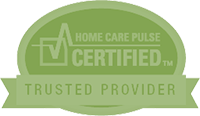As a country, we are nearing ten years since Congress passed the Affordable Care Act. Since then, countless critiques and defenses of the controversial law have emerged. Studying these varying opinions and the impacts of the ACA while also monitoring how my own home care agency and the home care industry as a whole has been impacted, helped me develop an expertise of sorts, and I was soon sought out to speak and give presentations at industry events. As it turns out, my study of the ACA is an ongoing exercise. I recently attended a conference that furthered my thinking on the topic. At Lincoln Healthcare’s June 2019 Healthcare Innovation and Investment conference in Chicago, data was presented on how the healthcare continuum has changed since the ACA. Here are some of my key takeaways from that event:
A goal of the ACA was to make healthcare insurance available to more people and indeed the uninsured population has decreased 7% since the law went into effect. Factors such as eliminating disqualification due to pre-existing conditions have aided in this increase in coverage. Notably, behavioral health coverage has largely increased, bringing mental health benefits closer to other benefits offered. Still, healthcare cost inflation continues to average 5-6% per year – double of any other category. Healthcare insurance premiums too have doubled which, when combined with cost shifting to consumers via increased deductibles, makes the “affordable” part of the act questionable. Over the past several years alone, deductibles for health plans have grown by 400% and more than half of all healthcare consumers now have a deductible greater than $1000 per person.
So if cost to the consumer hasn’t decreased, have outcomes improved? Under the ACA, an effort has been made to move compensation from traditional “fee-for-service” to a value-based model, where healthcare providers are paid for quality and outcomes rather than quantity. Adoption has been slow but value-based purchasing has increased 90% and bundled payments by 17%. Bundled payments are a single payment for any given episode of care. For example, a hospital receives one fixed sum for a hip replacement surgery which includes payment to all providers involved in that ‘episode’ of care (physicians, rehabilitation facilities, outpatient physical therapy, home health, etc.). Further, the hospital is penalized for any negative outcomes, such as readmission due to a surgical site infection. This model incentivizes service providers to be more efficient and aligned, while simultaneously seeking the best possible clinical outcome. Unfortunately, this model has been met with some resistance. 70% of physicians indicate they still prefer fee for service whereby they are paid the same regardless of clinical outcomes. Currently, 60% of practicing physicians have a majority of fee-for-service patients.
Since the launch of the ACA, major demographic shifts also have occurred including a 42% growth in the 65+ population. This statistic will continue to rise through 2030, suggesting a growing need for new models of service. As 50% of this population has one or more chronic conditions that are complex to manage, there is a higher likelihood for negative outcomes. We know active engagement by home care agencies can help manage these conditions and further reduce the chance of complication, yet home care is not covered by traditional Medicare. However, this population increasingly selects insurance benefits like one of the many Medicare Advantage plans, which in 2019, were given the option to offer home care coverage as a new benefit. Today, 35% of all Medicare recipients are on such plans. Medicaid is also moving toward an outcome-focused model with many states engaging with private managed care organizations to assist in achieving better outcomes for those covered by state-funded medical plans.
What’s next and why was all this information shared at a healthcare innovation and investment conference? These trends point to an ever-increasing appetite for data in the healthcare space. Data spending in healthcare has risen 25% annually since the enactment of the ACA and growth in companies specializing in this arena has exploded. Data is being aggregated to help predict and measure outcomes in new and exciting ways. As the healthcare continuum continues to learn what drives better outcomes, I predict that data about the benefits of home care will emerge and our industry will be recognized as one of the most promising, major contributors to the solution. When people are kept safe, bathed, fed, transported to appointments, reminded to take medications and provided with companionship something extraordinary occurs. We see fewer ER trauma visits due to falls, reduced hospital readmissions, and better post-acute compliance. When people can recover at home, fewer secondary infections occur. When extra support is provided for activities of daily living, the risk of re-injury drops. In the coming months, I will dive deeper into each of these areas to further demonstrate home care’s role in driving better outcomes in our nation’s healthcare – and present data to support it.






